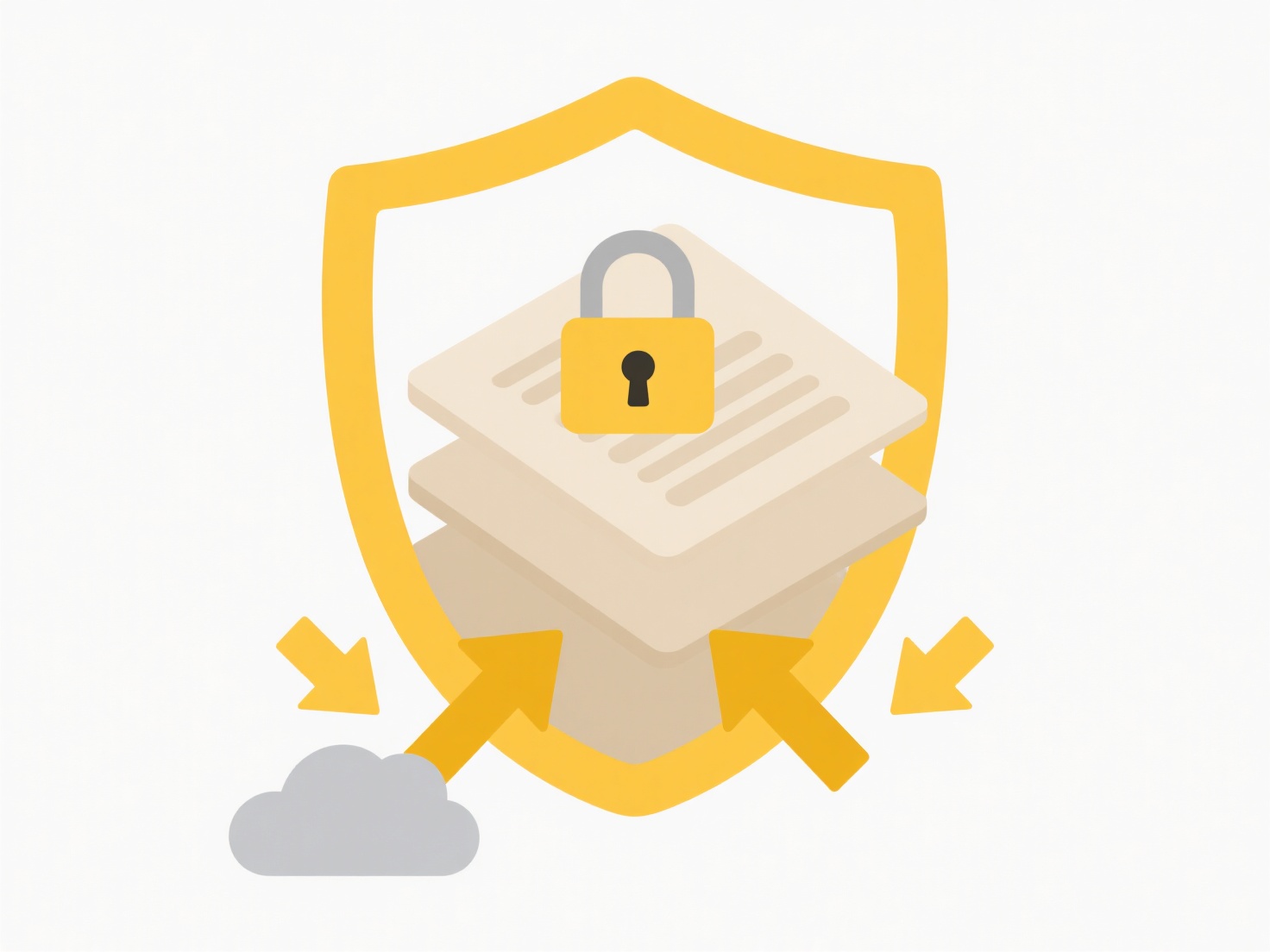
Duplicate identification rules are specific criteria set to detect matching or similar records within a dataset. They define how different data points (like names, addresses, or IDs) should be compared to determine if two entries represent the same entity. These rules differ from simple exact matching by allowing for variations, such as typos or different formats, through techniques like fuzzy matching or similarity thresholds.
These rules are essential in tools like CRM systems to avoid duplicate customer profiles. For example, a rule might flag entries where the email address matches exactly or the first name, last name, and zip code are highly similar. Data cleaning software (e.g., Excel Power Query, OpenRefine, or specialized deduplication tools) relies heavily on these rules to merge records during database imports or migrations.

Well-defined rules improve data accuracy and integrity, streamlining operations. However, setting overly strict rules might miss subtle duplicates, while loose rules could merge distinct entries incorrectly. Future advancements involve AI to dynamically refine rules based on context, enhancing matching precision without heavy manual configuration.
How do I define rules for identifying duplicates?
Duplicate identification rules are specific criteria set to detect matching or similar records within a dataset. They define how different data points (like names, addresses, or IDs) should be compared to determine if two entries represent the same entity. These rules differ from simple exact matching by allowing for variations, such as typos or different formats, through techniques like fuzzy matching or similarity thresholds.
These rules are essential in tools like CRM systems to avoid duplicate customer profiles. For example, a rule might flag entries where the email address matches exactly or the first name, last name, and zip code are highly similar. Data cleaning software (e.g., Excel Power Query, OpenRefine, or specialized deduplication tools) relies heavily on these rules to merge records during database imports or migrations.

Well-defined rules improve data accuracy and integrity, streamlining operations. However, setting overly strict rules might miss subtle duplicates, while loose rules could merge distinct entries incorrectly. Future advancements involve AI to dynamically refine rules based on context, enhancing matching precision without heavy manual configuration.
Related Recommendations
Quick Article Links
Why does my system say “No app found to open this file”?
This error indicates your operating system cannot locate an application associated with the specific file type you are t...
Can I visualize duplicates in a folder tree?
Visualizing duplicates in a folder tree means identifying and displaying files with identical content (true duplicates) ...
Why can’t I save to a specific folder?
Being unable to save to a specific folder usually stems from insufficient permissions or technical restrictions. This me...